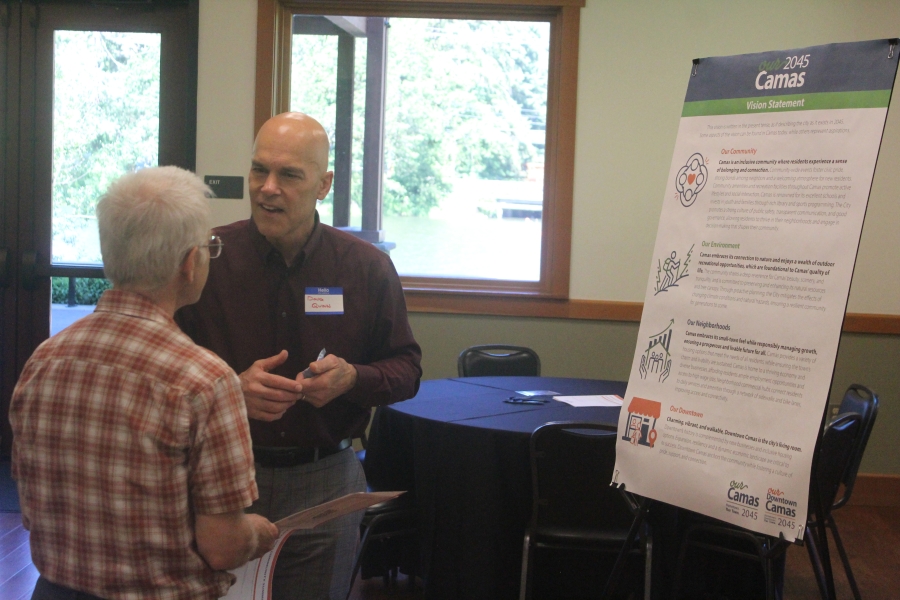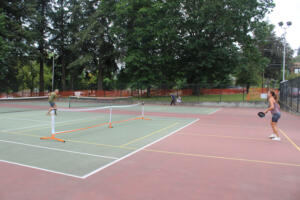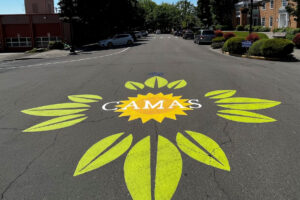The city of Camas has unveiled its draft Our Camas 2045 vision statement, which will guide the City’s comprehensive planning over the next two decades.
“This vision is written in the present tense, as if describing the city as it exists in 2045,” City staff explained at the top of the vision statement. “Some aspects of the vision can be found in Camas today, while others represent aspirations.”
City staff and consultants discussed the draft vision statement June 12, during the first of four community summits the City will host to engage with the public as it plans for 20 years’ worth of growth and development throughout the City — as well as in Camas’ historic downtown through the ongoing “Our Downtown Camas 2045” subarea planning.
The Our Camas 2045 vision statement is broken into four key areas: community, environment, neighborhoods and downtown, and states:
“OUR COMMUNITY: Camas is an inclusive community where residents experience a sense of belonging and connection. Community-wide events foster civic pride, strong bonds among neighbors and a welcoming atmosphere for new residents. Community amenities and recreation facilities throughout Camas promote active lifestyles and social interaction. Camas is renowned for its excellent schools and invests in youth and families through rich library and sports programming. The City promotes a strong culture of public safety, transparent communication, and good governance, allowing residents to thrive in their neighborhoods and engage in decision-making that shapes their community.



